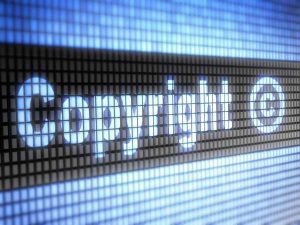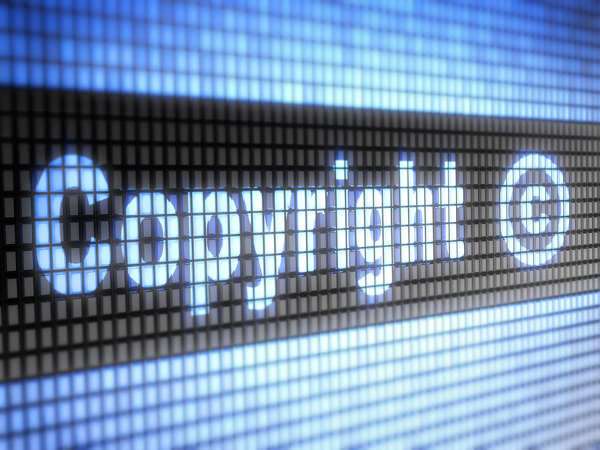

Credit: ©Depositphotos/PirenX


If you have ever gone to any of the popular stock photo sites or even Flickr you have been confronted with legal agreements related to the copyrights on images that I am willing to bet very few people understand.
Bloggers and most likely photographers and graphic artists new to sharing their work are not experts on copyrights or the law, but these sites are filled with so much industry jargon most have little chance of knowing for sure they are doing what is legal. These sites really need to explain copyright in a much simpler manner so that anyone can understand which uses are permitted.
While some may take the time to try to read pages of terms and conditions –
they mean little to nothing to the average person.
Even the parts that are logical do not provide enough information. For example, see this notice:
Standard restrictions apply and APatterson must be notified when using the photo for any public work.
Fair enough, but notified HOW? If you are going to say you want notified couldn’t you tell people HOW to notify you? Do you want an email message or is a trackback from a blog post enough?
Graphic artists and photographers should understand that we need to know whether they are asking to be notified BEFORE an image is published (which would be more accurately described as permission) or you just want to be sent a link or sample after the fact.
One of the reasons it is so confusing to use images is the “flexible” ways they can “be implemented in any reasonable manner”. Take this information for example:
CC licenses have a sophisticated and flexible attribution requirement, so there is not necessarily one correct way to provide attribution. The proper method for giving credit will depend on the medium and means you are using, and may be implemented in any reasonable manner, although in the case of an adaptation or collection the credit needs to be as prominent as credits for other contributors. The CC website offers some best practices to help you attribute works, and the CC Australia team has developed a helpful guide to attributing works in different formats.
Reasonable to whom and who gets to decide? Most sites today probably use the Creative Commons licenses and anyone CAN find descriptions of them, but UNDERSTANDING what they mean is a another thing altogether.
Free for non-commercial use is the area with the most gray for the majority of bloggers because many of them earn a tiny amount of money from their blog – or may earn nothing but have a single affiliate link that COULD be considered commercial use.
While the Creative Commons page on Defining Commercial Use are anything but clear. Does the presence of any one thing that MIGHT make a blogger money but in all likelihood never will mean they should avoid using images from these types of sites? These two examples taken from that page could be taken either way:
“Both creators and users generally consider uses that earn users money or involve online advertising to be commercial.”
“Users who make money from their uses of others’ works”
The first makes it sound like most blogs ARE commercial because they might “earn users money” while the second sounds more like the IMAGE is making money rather than the blog.
There is no obvious place to draw the line on non-commercial use. Take these examples:
There are different kinds of photographers and graphic arts people using the same copyright terms who have totally different goals. Some pros may be adamantly opposed to their work EVER being used without payment while another may be thrilled to have their work featured – with attribution and hopefully a link and maybe even a recommendation.
The free sharing of information on sites like YouTube and Flickr has hit head on the traditional business model of copyright ownership and having to pay to use everything from images to written copy to videos.
YouTube is full of full length movies, excerpts of TV shows and the nightly news. What does it mean that these sites allow their content to stay online? It MIGHT be construed to indicate they aren’t protecting their copyrights in the same way businesses are told they must protect their trademarks or their protection is weakened.
We have to weigh the benefit of having what you create go viral and be seen
by many against the desire to control and sell your creatives for profit.
Even among bloggers there is no consensus. There is likely even less agreement between image copyright holders and those who wish to feature their images. It is likely to be a long time before case law catches up with common practices – and even then laws are one thing and enforcement much more challenging.
What do you think? Should sharing freely be encouraged or
should everyone have to pay for anything they ever use?
Tell us in the comments. We want to hear from you!
Need to know for sure what is legal and what is not? Check out the listings in these categories.
View Comments